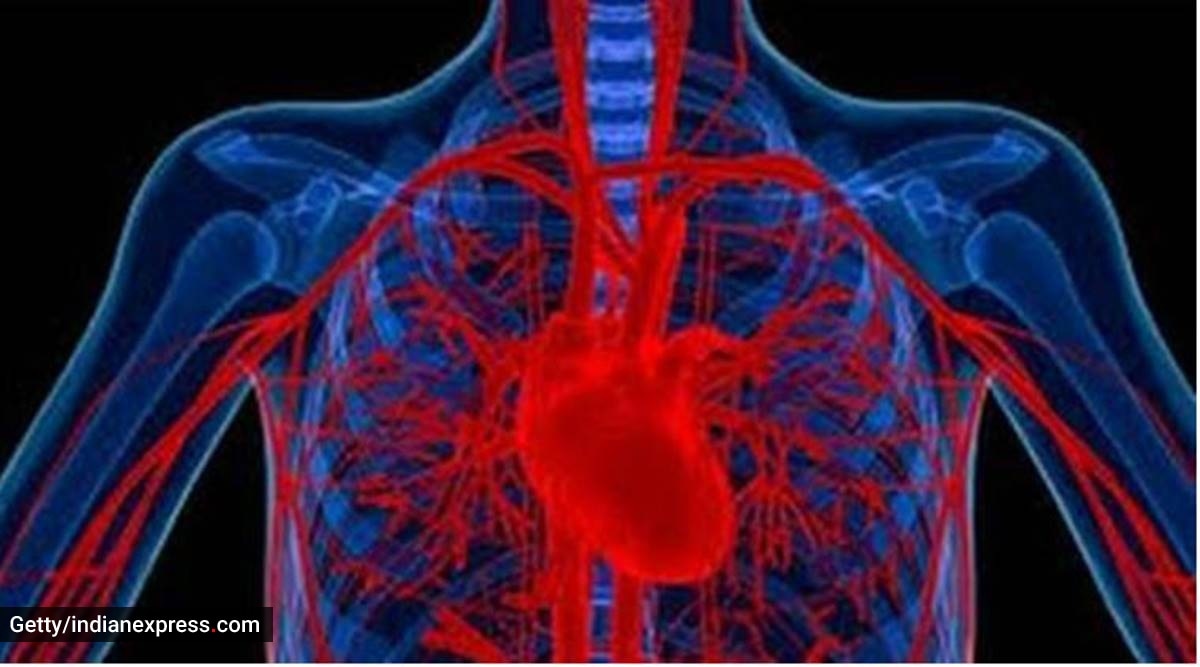The procedure is very safe and depending on the patient's overall health, he/she can be discharged within a few hours, said Dr Vaibhav Dedhia, Senior Interventional Cardiologist at Bhatia Hospital Mumbai

Actor Saira Banu, who complained of chest congestion few days ago and is admitted in Mumbai’s Hinduja hospital, has been advised angiography as doctors said there could be “an issue with her left ventricular”, family friend Faisal Farooqui told indianexpress.com.
Her condition is said to be stable, and Farooqui said that angiography is “not urgent”.
To understand more about the procedure, we reached out to experts.
A normal X-ray doesn’t clearly show blood vessels in the body. Hence, a special dye is injected in to the blood first which highlights the blood vessels and allows the treating doctor to see any issues. The angiograms or images created thereby help to diagnose issues with the blood flow through the vessels, as per NHS.UK.
For people suffering from a heart-related blockade, a coronary angiography is advised, Dr Pradeep Kumar Nayak, senior consultant, cardiology, Dharamshila Narayana Superspeciality Hospital told indianexpress.com.
“Coronary Angiography is an invasive test to know about any blockade in heart arteries. It is advised to a person who is suffering from chest pain on exertion called Angina or heart attack,” he told indianexpress.com.
How is it done?
Coronary angiography is done under local anaesthesia. “The patient is fully awake during the test. It takes about 10 minutes to do the test. A small tube called a catheter is passed through the patient’s artery to the heart and a contrast injection is given to study the flow of blood in the arteries supplying blood to the heart. During the test the arterial blood pressure is also recorded through the catheter,” described Dr Vaibhav Dedhia, Senior Interventional Cardiologist at Bhatia Hospital Mumbai.
What should you keep in mind?
The procedure is very safe and depending on the patient’s overall health, he/she can be discharged within a few hours, Dr Dedhia said. “The doctors doing the test will suggest the proper line of treatment depending on the result of the test which is available immediately on completion of the study,” he noted.
An abnormal result may mean you have a blocked artery. The test can show how many coronary arteries are blocked, where they are blocked, and the severity of the blockages. “It helps us to know how significant these blockades are and facilitates the treatment,” Dr Nayak said.
What is post-care like?
According to Dr Narayan Gadkar, consultant cardiologist, Zen Multispeciality Hospital, Chembur, it is imperative to embrace a healthy lifestyle post-angioplasty. “Quitting smoking is essential for the proper functioning of your heart. This is so because smoking can narrow the blood vessels and lead to the build-up of plaque in the arteries. Do not skip or stop taking medication. Many patients believe that they have successfully undergone the procedure and can discontinue the medication. This is not recommended at all,” he said.
Dr Gadkar also stressed that one should avoid driving at least for a week or two after the procedure. “Wait till your doctor asks you to resume driving. Don’t do any strenuous activity that pressurises the heart. Go for Cardiac Rehabilitation as suggested by the doctor and don’t miss your regular follow-ups. Moreover, report any symptoms such as discomfort, chest pain, and breathing difficulty instead of neglecting it. Monitor your cholesterol levels from time to time. These smart choices will help you take care of your heart. Rest enough, get a good night’s sleep, and opt for yoga or meditation to de-stress,” he mentioned.
What’s more?
Dr Gadkar also advises eating a well-balanced diet with moderation being the key. “Eat nuts, berries, fresh fruits, vegetables, whole grains, and legumes. Cut down on processed foods jampacked with salt, added sugar, trans fats. Alcohol consumption should be avoided. You can also take the help of an expert who will guide you regarding what to eat and delete from the diet. Also, opt for lighter exercises such as walking. Avoid doing heavy and intense exercises. Warm-up and cool down after stretching or exercising. Maintain optimum weight,” he said.
? For more lifestyle news, follow us on Instagram | Twitter | Facebook and don’t miss out on the latest updates!
Source: Read Full Article
